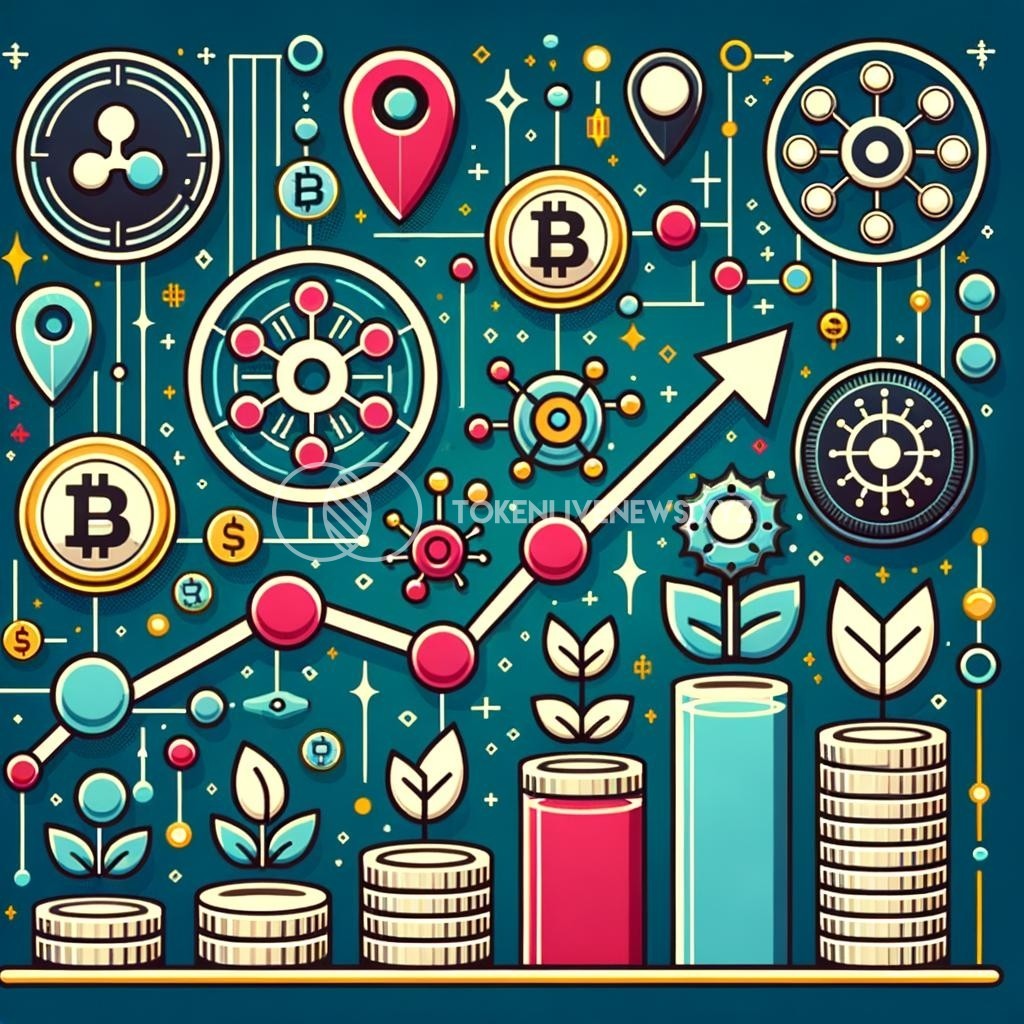Expanding Use Cases: DOT and Tokenization in the Crypto Ecosystem
The world of cryptocurrencies continues to evolve at an unprecedented pace, offering new and exciting possibilities for investors, businesses, and technological advancements. One particular area that has gained significant attention is the use of Polkadot (DOT) and tokenization within the crypto ecosystem. This article aims to explore the expanding use cases of DOT and tokenization, and shed light on their potential impact.
Polkadot, often referred to as the “blockchain of blockchains,” is an innovative and interoperable framework that enables various blockchain networks to seamlessly communicate with each other. It aims to tackle the issue of blockchain scalability and interoperability by providing a foundation for the decentralized web, commonly known as Web3. With its unique design, Polkadot allows different blockchain projects to connect and share information, which opens up a world of possibilities for developers and users alike.
One of the most exciting use cases of Polkadot lies in tokenization. Tokenization is the process of representing real-world assets or items as digital tokens on a blockchain. Traditionally, assets such as real estate, art, or even commodities were illiquid and limited to a select few investors. However, with Polkadot’s tokenization capabilities, these assets can be divided into smaller units and made accessible to a broader range of investors.
Tokenization brings numerous benefits to both asset owners and investors. For asset owners, tokenizing their assets on the Polkadot network allows them to unlock liquidity and access a global pool of investors. It simplifies the process of ownership transfer, reduces transaction costs, and enhances market efficiency. On the other hand, investors gain access to previously unattainable investment opportunities, increased liquidity, and potential diversification of their portfolio.
Real estate tokenization, for example, has been gaining traction within the crypto ecosystem. Instead of buying an entire property, investors can now purchase fractional ownership in a real estate asset through tokens. This fractional ownership approach eliminates the barriers of high entry costs and geographical limitations, making real estate investment opportunities more inclusive and accessible.
Moreover, tokenization has the potential to revolutionize financial markets by enabling the creation of decentralized exchanges (DEXs) and facilitating peer-to-peer trading. By tokenizing traditional financial assets such as stocks, bonds, or derivatives, investors can trade directly with each other without the need for intermediaries. This disintermediation increases market efficiency, reduces counterparty risk, and enables 24/7 trading.
In addition to asset tokenization, Polkadot’s ecosystem is also witnessing an expansion of use cases through the creation of decentralized applications (dApps). Developers are leveraging the interoperability features offered by Polkadot to build decentralized applications that can communicate and share data across different blockchains. This interoperability eliminates the need for developers to build from scratch and accelerates innovation within the crypto ecosystem.
Furthermore, Polkadot’s governance model allows token holders to actively participate in shaping the future of the network. With its unique concept of “parachains” and “parathreads,” Polkadot enables projects to customize their governance mechanisms and implement upgrades without disrupting the entire network. This flexibility empowers token holders to have a direct say in decision-making, ensuring a decentralized and community-driven ecosystem.
In conclusion, the use cases of Polkadot (DOT) and tokenization in the crypto ecosystem are expanding rapidly, unlocking unprecedented opportunities for investors and businesses alike. From the tokenization of assets to the creation of decentralized applications and active community governance, Polkadot is revolutionizing the way we interact with the blockchain. As the crypto industry continues to thrive and innovate, the potential for DOT and tokenization to reshape various industries looks incredibly promising.







